If you’re an artist or a prospective artist, then the desire to be creative is likely ever-present. The act of creating something tangible and unique with your own hands can be incredibly satisfying and rewarding. However, sometimes it’s hard to find the motivation to get started. Staring at a blank page can seem intimidating and tedious, but it doesn’t have to be that way! With a little bit of inspiration, focus, discipline, and dedication you’ll soon be drawing up a storm! In this blog post we’ll explore some tips on how to get motivated for drawing so that you can start producing art today!
What are the Benefits of Drawing?
Drawing can be an incredibly powerful form of expression and creativity. When you draw, you are able to express yourself in ways that words cannot. With a drawing, you can communicate your feelings, thoughts, and ideas without the need for words or sentences. Not only is it a great way to explore your inner self, but drawing also has many other benefits. They include:
- Improving Concentration: Drawing can help increase your focus and concentration. With a drawing, you need to pay attention to the details of what you’re creating, which can build your capacity for sustained concentration and focus in other areas of life as well. [1]
- Enhancing Creativity: Drawing can also help to increase creativity by allowing the mind to explore different ways of seeing and interpreting the world around us. Drawing can help to stimulate out-of-the-box thinking and provide a creative outlet that can lead to innovative ideas.
- Building Self Confidence: Creating something with your own hands is a great way to improve self confidence, as it gives you a sense of achievement and pride in what you have accomplished.
- Improving Fine Motor Skills: Drawing requires the use of fine motor skills to create the lines and shapes you want. This helps to improve coordination, dexterity, and even handwriting!
- Stress Relief: Drawing can be a great way to reduce stress and anxiety. It provides an outlet for emotional expression while also being a calming activity that can help you relax and unwind.
- Developing Problem Solving Skills: Drawing also serves as a useful tool for problem-solving skills. As you draw, you need to think about the best way to create what you have in mind and this can help sharpen your decision-making and analytical thinking abilities.
- Connecting with Others: Finally, drawing can be a great way to connect with other people. Sharing your art can help to create meaningful connections and foster a sense of belonging. [2]
Which Drawing Techniques to Select?
Choosing the right drawing technique for your project can be a daunting process. There are so many different techniques available, and each one has its own unique benefits, drawbacks, and applications. To help you make the best choice possible, consider these questions when selecting your drawing techniques:
- What is my goal with this drawing?
- What level of realism do I want to achieve?
- What type of media will I be using?
- How much time and resources do I have available for this project?
Once you’ve answered these questions, the next step is to research the different drawing techniques and determine which one best suits your needs. Here are some of the most popular techniques and what they’re best suited for:
- Pencil Drawing – This is one of the oldest drawing mediums and is ideal for creating highly detailed works or soft, dreamy effects. Pencil drawings are also relatively inexpensive to produce as all you need is a pencil and paper. [3]
- Ink Drawing – Ink drawings are perfect for creating bold, expressive lines that will stand out. This technique is often used to create fine art illustrations or comic book art.
- Colored Pencil Drawing – Colored pencils offer a great blend of detail and vibrancy that can be difficult to achieve with other media. They’re ideal for creating highly detailed works.
- Pastel Drawing – Pastels are great for creating soft, dreamy effects. They’re also ideal for blending colors together to create unique and vibrant compositions.
- Oil Painting – Oil paints are incredibly versatile and can be used to create a variety of different looks, from photorealistic paintings to abstract works.
- Acrylic Painting – Acrylics are perfect for creating vibrant, high-contrast works with intense colors. They dry quickly, so they’re great for creating large scale works that need to be completed in a relatively short amount of time. [4]
Tools and Materials for Drawing
When it comes to drawing, having the right supplies is essential. Whether you’re just starting out as a beginner or are an experienced artist looking for new materials for your craft, there are certain items that will help you create masterpieces! Here are some of the basics:
Drawing Pencils
Drawing pencils come in different hardness grades, from 6H to 8B. Harder pencils (6H-4H) create lighter lines that are ideal for sketching and outlining while softer pencils (2B-8B) produce darker, thicker lines perfect for shading. Many artists also choose to use a variety of graphite grades to achieve different effects. [5]
Erasers
Erasers are a must-have for any artist – they help with correcting mistakes and creating highlights. Kneaded erasers can be used to lighten up lines, while vinyl erasers work better for completely removing graphite and charcoal from the paper.
Paper
The type of paper you use will depend on your drawing style. For detailed drawings, look for thick, smooth paper with a heavy weight. For sketching and working with pencils, try out a lighter-weight paper that won’t smudge as easily.
Pens & Markers
Pens and markers can be used to add color and texture to a drawing. Permanent markers are great for outlining details while fineliners are perfect for lettering and doodling. For a more vibrant look, try using watercolor pens or brush markers – they allow you to blend colors with just the right amount of water.
Charcoal
Charcoal is a soft drawing material composed of organic carbon. It’s great for creating strong, dark lines quickly and easily. Charcoal comes in sticks of varying sizes, so you can find the perfect fit for your needs.
Pastels
Pastels are an excellent choice for adding color to a drawing. They come in a variety of colors and shades, allowing you to create beautiful artworks with neon and pastel hues. There are two main types of pastels – oil and chalk. Oil pastels are softer, while chalk pastels have a firmer texture that’s great for detailing.
Other Supplies
In addition to the basics, there are other supplies that can help you achieve fantastic results! A set of charcoal sticks is perfect for adding shading and texture to drawings, while an electric eraser can be used to quickly and easily erase mistakes. An art knife is also useful for cutting precise lines and shapes in paper. [6]
10 Best Tips for Motivation for Drawing
- Take a break when you need it – Drawing can be exhausting and take a lot of concentration, so don’t be afraid to give yourself some breaks throughout the day. This will help ensure that you stay motivated and energized for your drawing tasks. [7]
- Set realistic goals – It is important to set achievable goals when it comes to your drawing. Don’t set yourself up for failure by expecting too much from yourself. Start with achievable and small goals, and work your way up as you get more comfortable with the activity.
- Stay focused – It is easy to lose focus and become distracted while drawing, so it is important to stay on track. Make sure that you are only working on the task at hand and that all of your attention is devoted to the drawing.
- Make a schedule – Making a schedule for yourself will help you stay organized and motivated when it comes to drawing. Having specific times throughout the day dedicated to drawing can help keep you on track and make sure that you get everything accomplished that you need to.
- Find an inspiring space – You will be more motivated to draw if your workspace is inspiring and comfortable. Find a spot that has plenty of natural light and is free from distractions. Having a nice workspace can help keep you focused on the task at hand.
- Create challenges for yourself – When it comes to drawing, challenging yourself regularly will help you stay motivated and interested in the activity. Create tasks for yourself that push you beyond what you are comfortable with and make sure to set goals for yourself as well.
- Take risks – Don’t be afraid to take risks while drawing. Taking risks can open up new doors of creativity and help keep your motivation going through difficult tasks.
- Share your work – Sharing your work with others can help motivate you to keep going. You never know who may be inspired by your work and connecting with other artists can also help build a sense of community.
- Celebrate your successes – It is important to acknowledge and celebrate your accomplishments along the way. Don’t let yourself get bogged down in the details of the drawing, but instead allow yourself to take the time to celebrate your successes and keep up the motivation.
- Reward yourself – Finally, reward yourself for a job well done. Taking breaks or treating yourself to something special after you have completed a task can help boost your motivation and keep you going.
Remember that drawing is an art form and it takes practice in order to get better. Don’t be discouraged if something doesn’t turn out the way you wanted it to – keep practicing and improving your skills! With these tips, you can stay motivated and become the best artist that you can be. [8]
How to Learn to Draw?
Learning to draw can be a challenging but rewarding experience. With patience and dedication, anyone can become an artist! Here are some steps to get you started:
- Start with the basics. Familiarize yourself with the fundamentals of drawing such as line quality, shape, form, texture, perspective and composition.
- Practice regularly. The best way to become better at drawing is to draw every day. Start with quick sketches and then gradually work up to more complex pieces.
- Take classes or workshops. Taking a class can be a great way to learn the basics of drawing and get feedback from an experienced instructor.
- Visit museums and galleries to study artwork from different eras, media, and styles.
- Join an online or local drawing group. Whether you are a beginner or more advanced, it’s always helpful to receive feedback from other artists and discuss techniques.
- Incorporate new media and styles into your work. Experiment with different tools such as charcoal, pastels, markers, or digital media to broaden your skill set.
- Utilize references to build a portfolio of drawing ideas. Take inspiration from photographs, nature, and other artwork for reference material.
- Have fun! Enjoy the journey of learning and exploring new techniques without worrying too much about perfection.
- Be patient with yourself – it will take time to improve, but never give up! With dedication, you can learn to draw and create beautiful artwork.
- Finally, don’t forget to share your work with the world! Post pictures of your art on social media, start a blog or portfolio, or enter competitions – this will help motivate you and inspire others. [9]
5 Inspiring Ideas What to Paint Today
Painting can be a creative outlet that brings joy and inspiration to your life. Here are some ideas of what you can paint today:
- A landscape of a place that means something special to you – this could be a view from your childhood home, a place you visited on vacation, or any spot that holds personal significance.
- An abstract painting with bright colors and organic shapes that evoke emotion and movement.
- A still life of everyday objects, such as fruits and flowers or housewares.
- A fantasy scene from your imagination with creatures, castles, and colorful skies.
- A portrait of someone you admire – this could be a friend, family member, public figure, or anyone else that inspires you. [10]
FAQs
Why is it so hard to motivate myself to draw?
It’s easy to feel overwhelmed and unmotivated when it comes to drawing. Even if you have plenty of ideas or a strong desire to create, sometimes the actual act of putting pencil to paper can feel like an insurmountable challenge.
The best way to stay motivated is by breaking your artistic goals down into smaller pieces that are more achievable and enjoyable. Start with attainable tasks like sketching or doodling. These don’t need to be works of art, they just need to get your creative juices flowing and give you a sense of accomplishment.
Once you’ve achieved these smaller goals, move onto something more challenging like creating a self-portrait or an illustration from your imagination.
Is drawing a hard talent?
Drawing is an art form that many people attempt to learn but very few are able to master. It requires a lot of practice and dedication in order for someone to be successful at it. Drawing is not only an artistic expression, it also helps build skills such as fine motor control which can be useful for other activities such as writing or playing an instrument.
So, is drawing a hard talent? It depends on the person. For some, it can come naturally and they may have an innate ability for creating art. But for others, it might take longer to grasp the basics of drawing and refine their skill set. Drawing requires a lot of patience and perseverance in order to become good at it. However, with enough practice and dedication, anyone can become an amazing artist. So if you’ve ever wanted to learn how to draw, don’t be discouraged – with enough hard work and determination, anything is possible!
How do artists find inspiration?
There are many ways to look for creative inspiration, and it can be helpful to think outside the box when searching for new ideas. Artists have often turned to their peers, mentors, or a variety of media sources such as books, music, films, paintings, and photographs to seek out artistic influences. A great way to broaden your horizons is by exploring cultures from around the world, including their art, music, literature, and more. Social media can also be an invaluable source of inspiration for artists – following other creatives and engaging in conversations with them may spark new ideas or insights into your own work. It’s also important to look inward and make sure you are taking care of yourself mentally and physically as this can help to ensure that you are able to tap into your creative energy when you need it. Taking time away from work can be beneficial in allowing you to relax and recharge, or try something new that could take your art practice to the next level. Whatever route you take, always remember that inspiration is all around us. All we need is an open mind and a keen eye!
How do I get excited about art again?
When it comes to reigniting your passion for art, the key is to take a step back and look at it from a different perspective. Instead of feeling overwhelmed by the incredible variety of styles and eras available, consider how you can appreciate each piece in its own unique way. Focus on exploring one style or artist at a time – even if it’s just spending 15 minutes per day. Challenge yourself to look for the beauty in every piece you come across, regardless of its age or genre.
It can also be useful to explore new mediums and techniques. Drawing, painting, sculpting – there are so many ways to create art and express yourself. Take some time trying out different methods and materials until you find something that sparks your creativity. Perhaps you can then use this to create a work of art that can be shared with friends and family.
Another way to get back into the world of art is by visiting galleries and museums. Being surrounded by the works of different artists, both old and new, will help give you an appreciation for art in all its forms. Take your time looking at the pieces and don’t forget to take photos or sketch out the ones that particularly appeal to you.
Useful Video: 5 SIMPLE TIPS TO STAY MOTIVATED (to do art)
Conclusion
Drawing is a highly rewarding activity that can help us to unwind and unleash our creativity. But, we all know it can be hard to get motivated and actually start drawing. Whether you use a motivational mantra or simply plan out your drawings in advance, getting motivated to draw doesn’t have to be a daunting task. Understanding the power of unlocking potential through art can really help you to gain momentum with starting your artistic journey. Seizing each moment by understanding how practice makes perfect will help you become an artist. Begin working on your artwork now and make one small step every day towards the goals that you set for yourself. Building up those small steps is what will lead you to incredible achievement as an artist! So instead of delaying getting started, why not begin bringing those ideas into reality now? Your efforts today are paving the way for an amazing tomorrow that includes mastering beautiful artwork!
References:
- https://www.21-draw.com/11-health-benefits-of-drawing/
- https://artandbonding.com/7-great-benefits-of-painting-drawing/
- https://www.cowlingandwilcox.com/blog/post/48-a-guide-to-pencil-sketching-techniques
- https://finearttutorials.com/guide/pencil-drawing-techniques/
- https://thevirtualinstructor.com/blog/10-essential-drawing-materials-and-tools-for-beginners
- https://www.artsy.net/article/artsy-editorial-pencils-papers-erasers-start-drawing
- https://www.wildlifeartstore.com/motivate-yourself-to-make-art/
- https://dezigningart.com/blog/getting-motivation-to-draw/
- https://design.tutsplus.com/tutorials/how-to-learn-to-draw-stage-one-manual-skills–cms-23304
- https://samuelearp.com/blog/inspiring-painting-ideas/

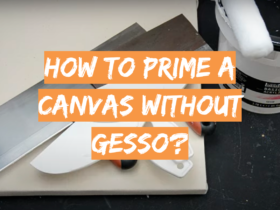



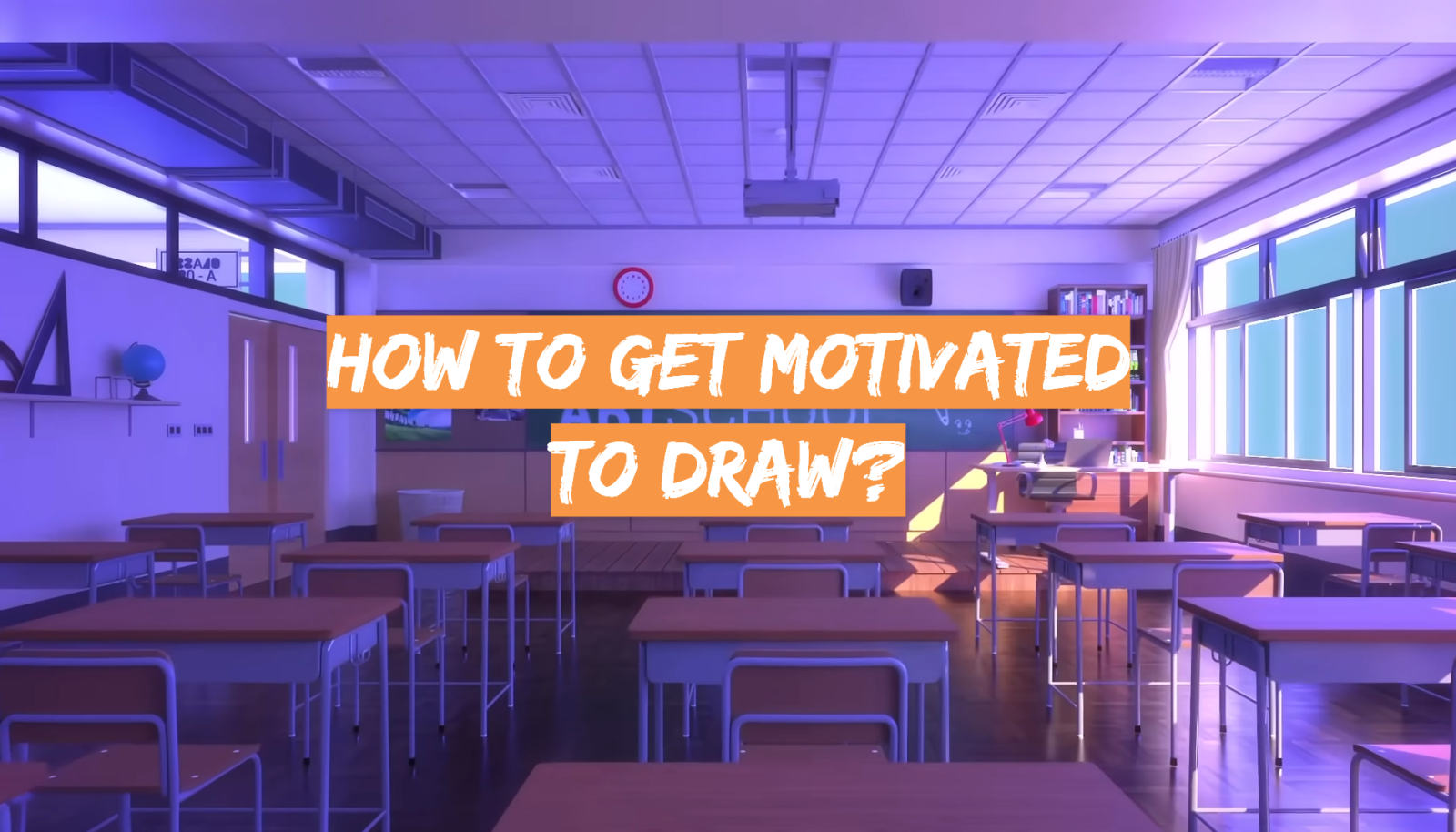
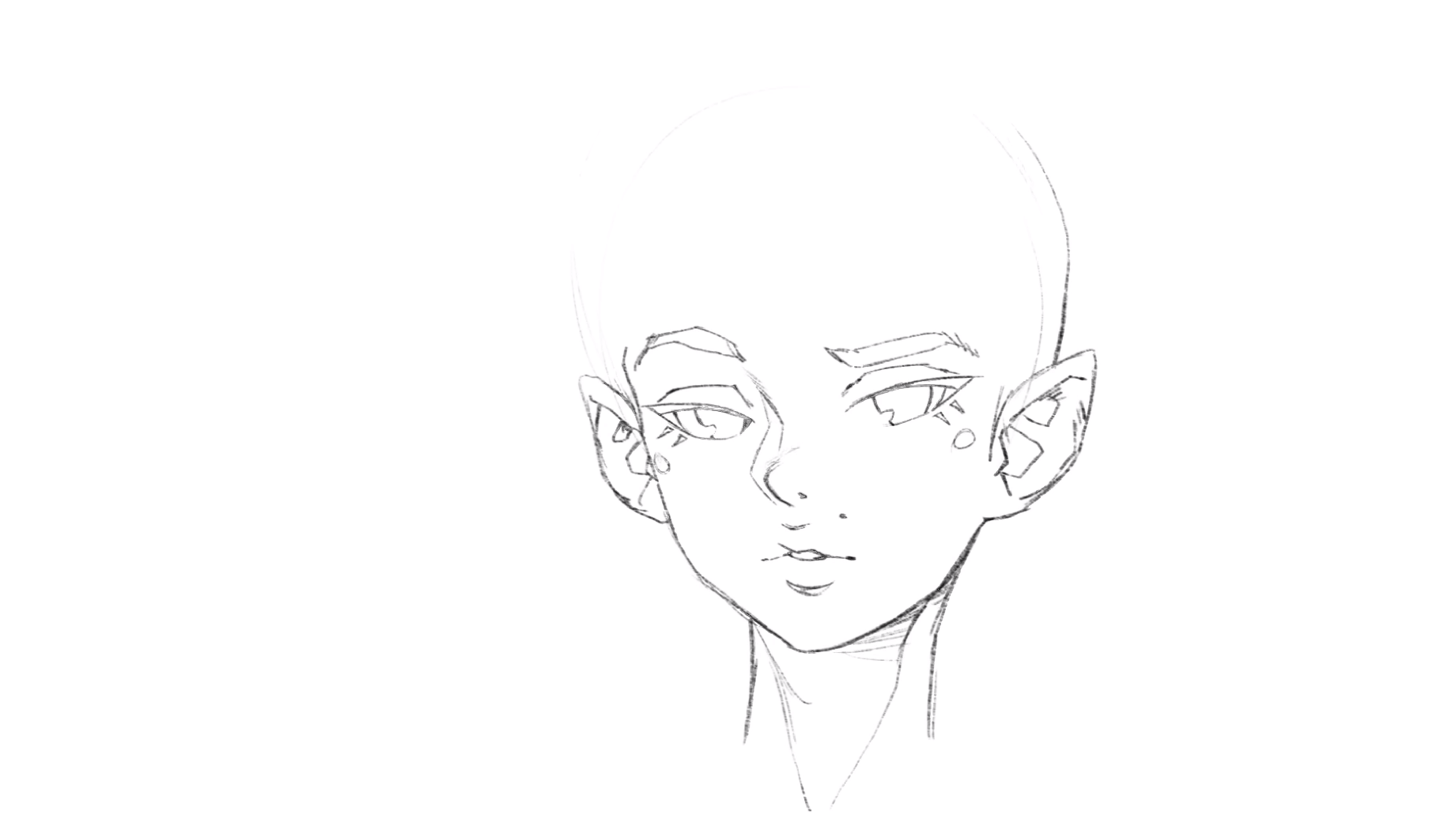
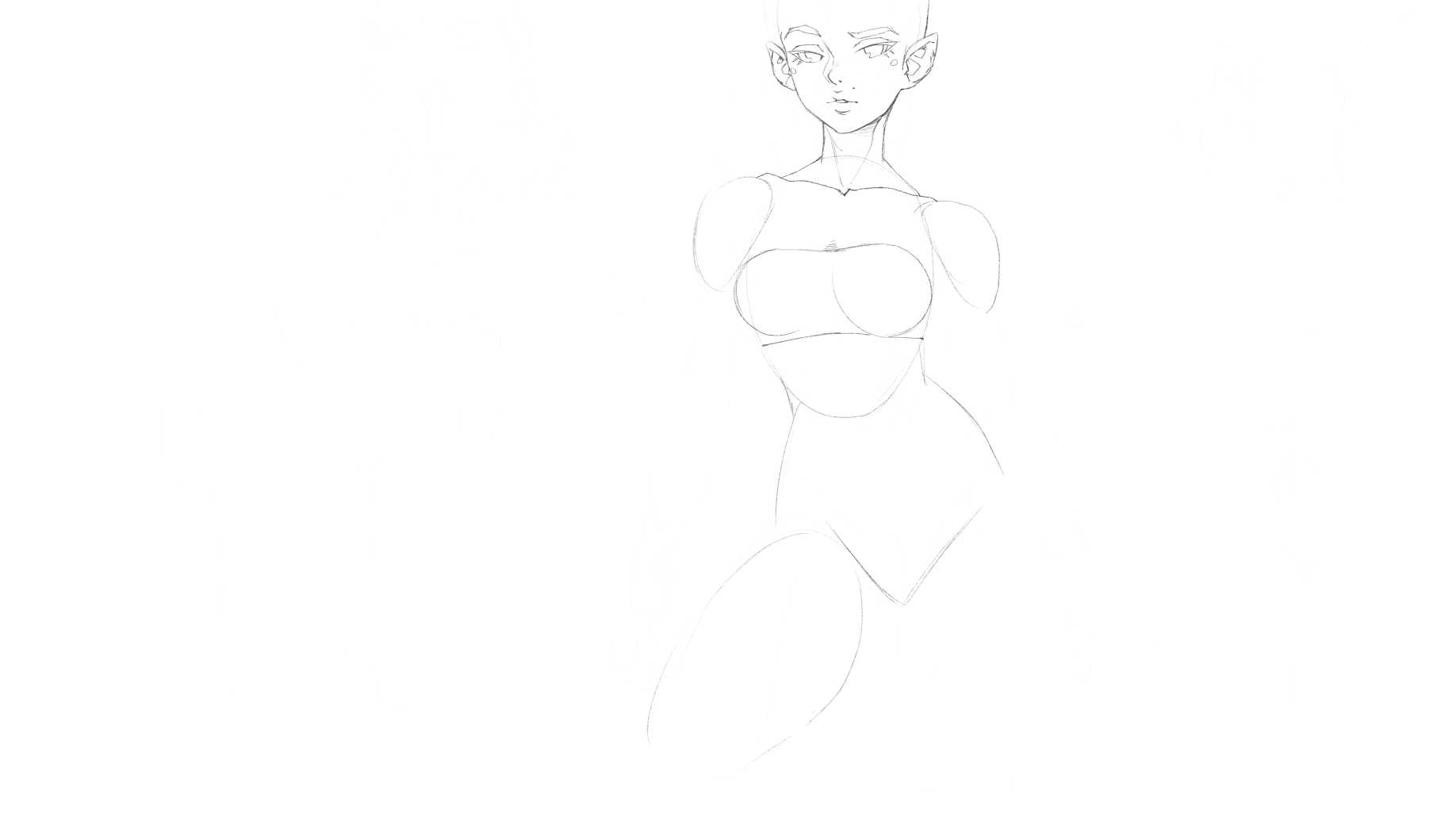
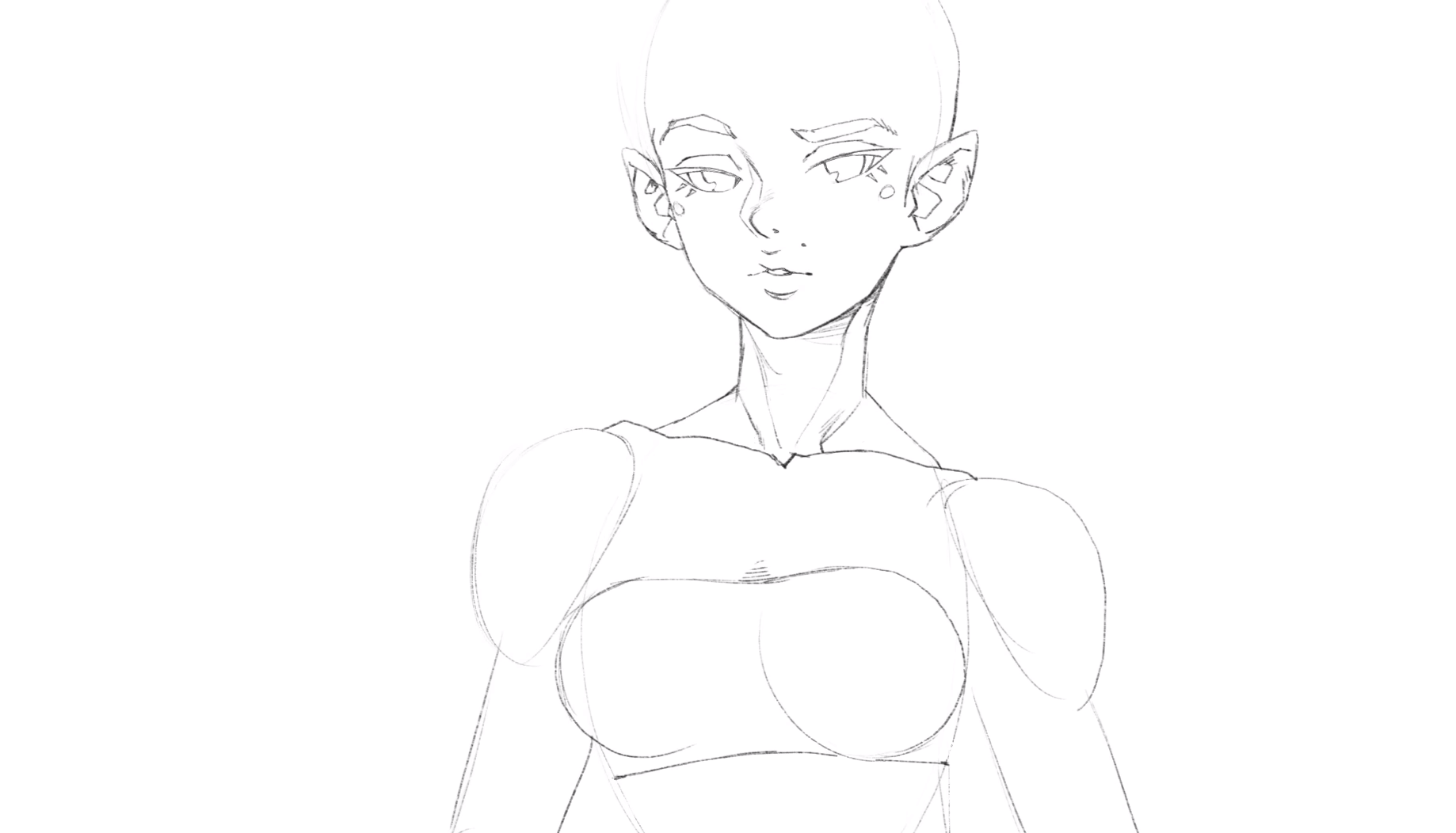
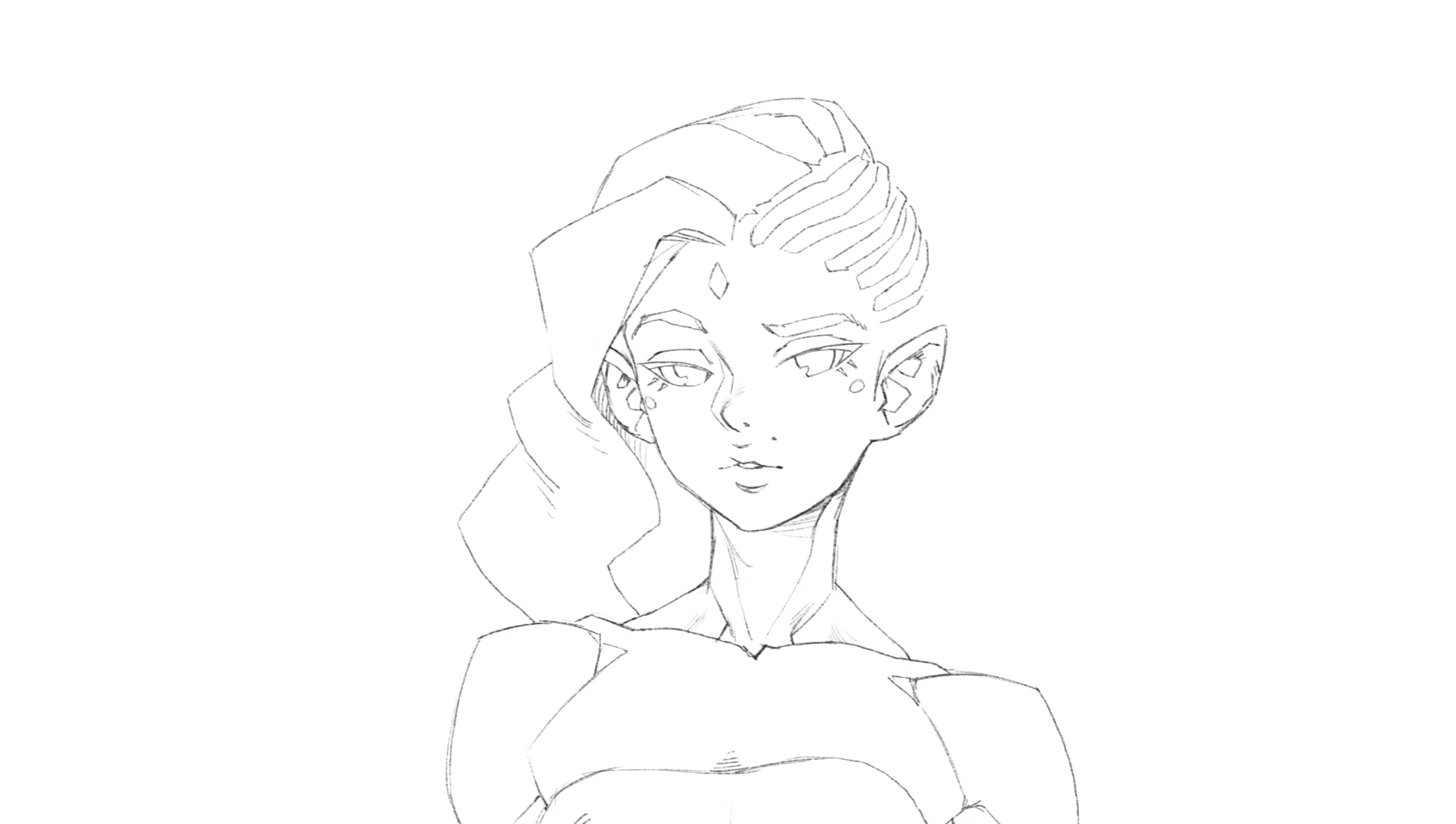
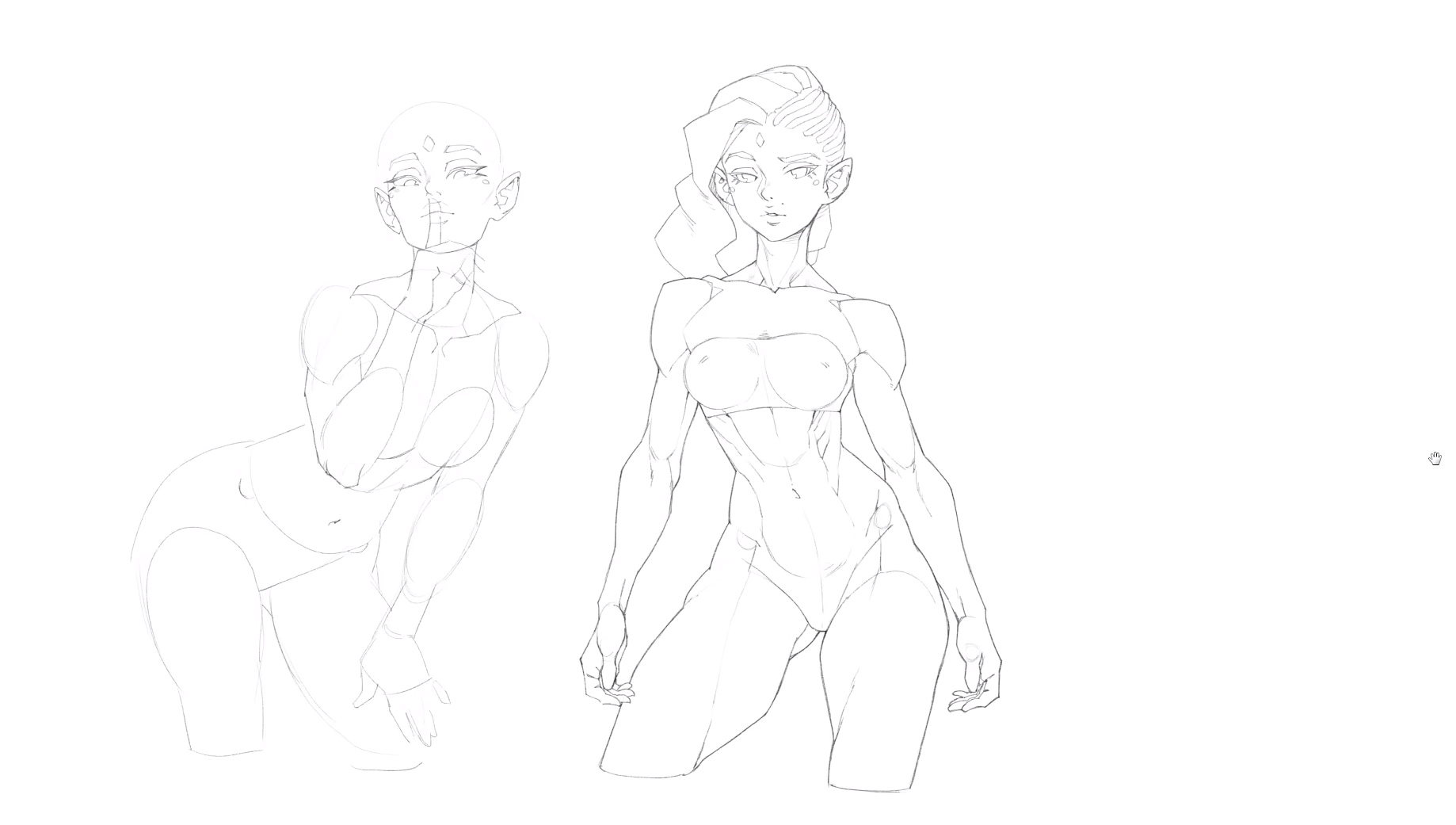

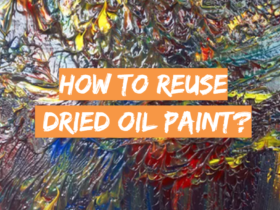
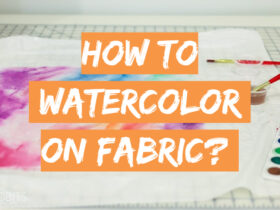
Leave a Review